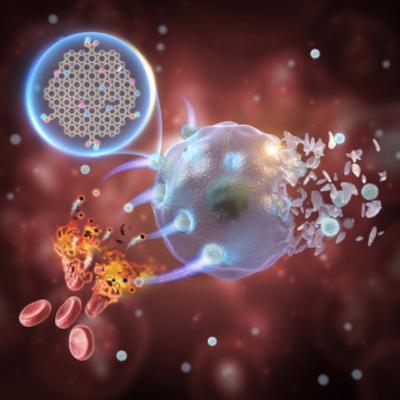Researchers use graphene to gain insights into superlubricity
Researchers at the UK's University of Leicester, Russia's Skolkovo Institute of Science and Technology and Kemerovo State University, TerraVox Global in Cyprus, National University of Singapore and the University of Twente in the Netherlands have gained better understanding of superlubricity, where surfaces experience extremely low levels of friction.
The team addressed a longtime mystery in the principles of superlubricity – a state in which two surfaces experience little to almost no friction when sliding across one another. Superlubricity is associated with molecular smooth surfaces such as graphene and has only been observed in a laboratory environment where these surfaces can be synthesized. In various technological applications, this phenomenon could potentially reduce friction up to 1000 – 10000 times, as compared to conventional friction in machines and mechanisms.


